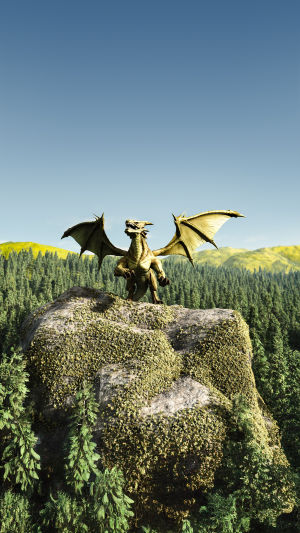Hello, Lykkers! Welcome to a journey through prehistoric growth patterns!
Dinosaurs have long fascinated the world with their incredible diversity in size and shape. Some grew to become massive creatures like the well-known Tyrannosaurus, while others followed a very different path, becoming smaller and more agile over time.
Recent studies have revealed surprising findings about how these ancient creatures grew, challenging many previous assumptions.
<h3>Not All Dinosaurs Grew the Same Way</h3>
<b>Growth Speed Isn’t Always Linked to Size</b>
A new research study published in *Science* has shifted the spotlight onto the diversity of growth strategies among prehistoric species. Until now, many believed that larger species simply grew faster during their development years, much like how many modern animals mature.
However, this idea doesn’t fully hold up.
<b>Close Relatives, Different Growth Rates</b>
It turns out that even species closely related to each other didn’t necessarily grow at the same pace. Some followed steady, gradual development, while others experienced sudden spurts in size. This insight came from a fresh approach in paleontology that looked not at individual creatures but at a broad comparison of many species together.
<h3>A Revolutionary Method of Study</h3>
<b>Comparing Dozens of Species</b>
Researchers adopted a new method that focused on comparing dozens of different species at once, offering a much broader view of evolutionary trends.
Instead of treating each dinosaur as a separate case, the new approach gathered large sets of data to observe patterns across entire lineages.
<b>What the Bones Reveal</b>
To uncover how fast or slow these ancient animals grew, scientists examined their long bones under microscopes. These bones were sliced into ultra-thin sections to observe internal growth rings—similar to how tree rings can show age and growth speed. Rings that are close together suggest steady growth, while wider gaps between them indicate rapid development over a short period.
<h3>The Importance of Environment and Ecosystem</h3>
<b>Growth Influenced by Surroundings</b>
The findings showed that growth patterns were not solely driven by family ties among species. Environmental factors played a major role. Elements such as available resources, predators, and food chain dynamics significantly influenced how fast a creature developed.
<b>Adaptation Over Inheritance</b>
Even when species shared a similar background, each adapted in unique ways to suit its specific ecological niche. Growth speed was shaped more by the role each species played in its surroundings than by inherited traits alone.
<h3>What This Means for Future Research</h3>
<b>New Ways to Explore Ancient Life</b>
This discovery opens up exciting new paths in paleontology. By using a comparative approach across many species instead of focusing on single examples, researchers can better understand the factors behind developmental differences.
<b>Not All Big Dinosaurs Grew Quickly</b>
The study also refutes the long-held belief that larger species always experienced rapid growth during their early years. Some smaller types also developed at surprising speeds, while others reached large sizes gradually over extended periods.
<h3>Conclusion: A Broader Picture of Prehistoric Growth</h3>
Dear Lykkers, what we once thought was a straightforward link between size and speed of growth in dinosaurs has now been proven to be much more complex.
Thanks to innovative techniques and large-scale analysis, paleontologists are gaining a clearer view of how these ancient creatures adapted and evolved. Growth wasn’t just about becoming bigger or faster—it was about finding the right strategy for survival in a changing world.





